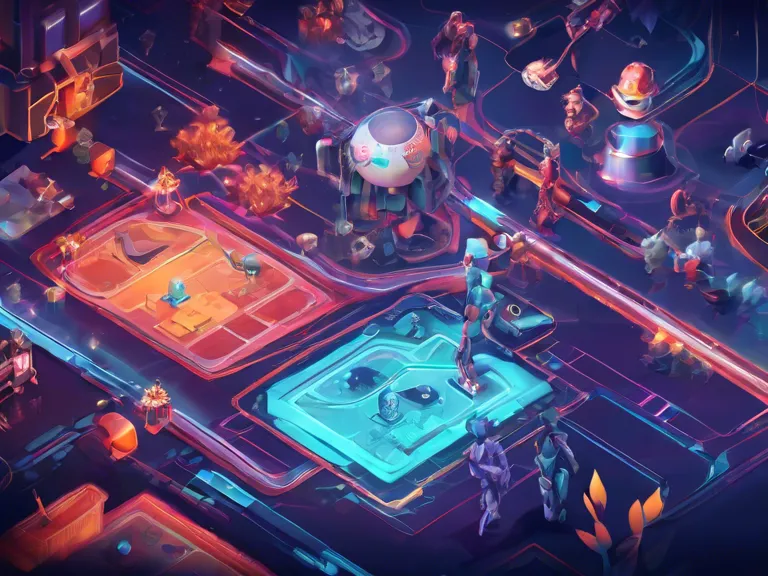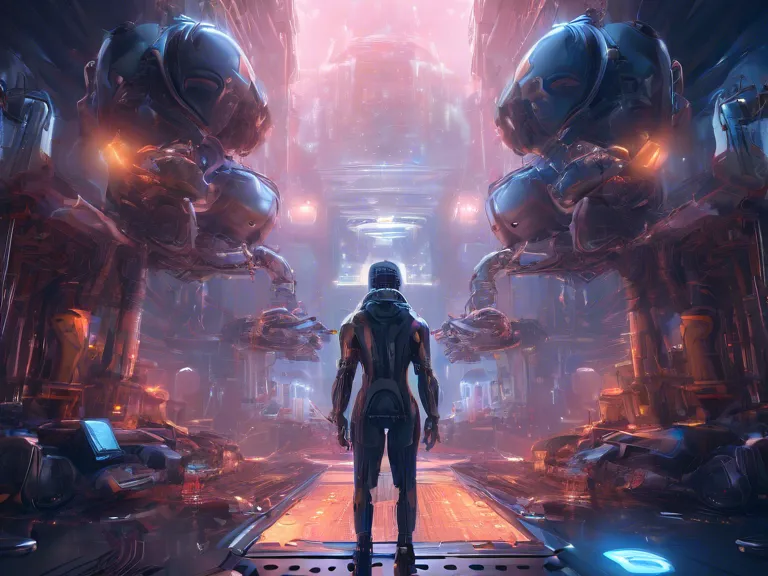
With the advancement of artificial intelligence technology, game developers are now able to create dynamic and evolving game worlds that respond to players' actions in real-time. This article explores how AI-driven game design is revolutionizing the gaming industry and providing players with new and immersive experiences.
Artificial intelligence has long been used in video games to control non-player characters (NPCs) and provide a challenging gaming experience. However, with the introduction of more sophisticated AI algorithms, game developers are now able to create game worlds that adapt and change based on player interactions. This allows for a more personalized and responsive gaming experience, where every decision made by the player has a real impact on the game environment.
One of the key benefits of AI-driven game design is the ability to create dynamic and emergent gameplay scenarios. Instead of following a pre-determined narrative or path, players can now interact with game worlds that evolve and change based on their choices. This not only provides a more engaging experience for players but also allows for endless replayability as each playthrough can result in a different outcome.
AI-driven game design also allows for more realistic and lifelike game environments. By analyzing player behavior and preferences, the AI can adapt the game world to create a more immersive experience. This could include dynamically changing weather patterns, time of day cycles, or even altering the behavior of NPCs to create more realistic interactions.
Overall, AI-driven game design is reshaping the gaming industry by providing players with more dynamic and evolving game worlds. By harnessing the power of artificial intelligence, game developers are able to create more immersive and personalized gaming experiences that keep players coming back for more.


